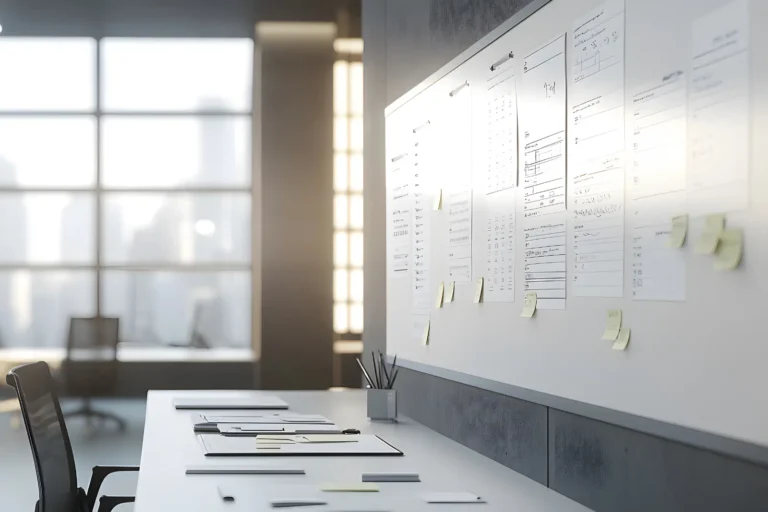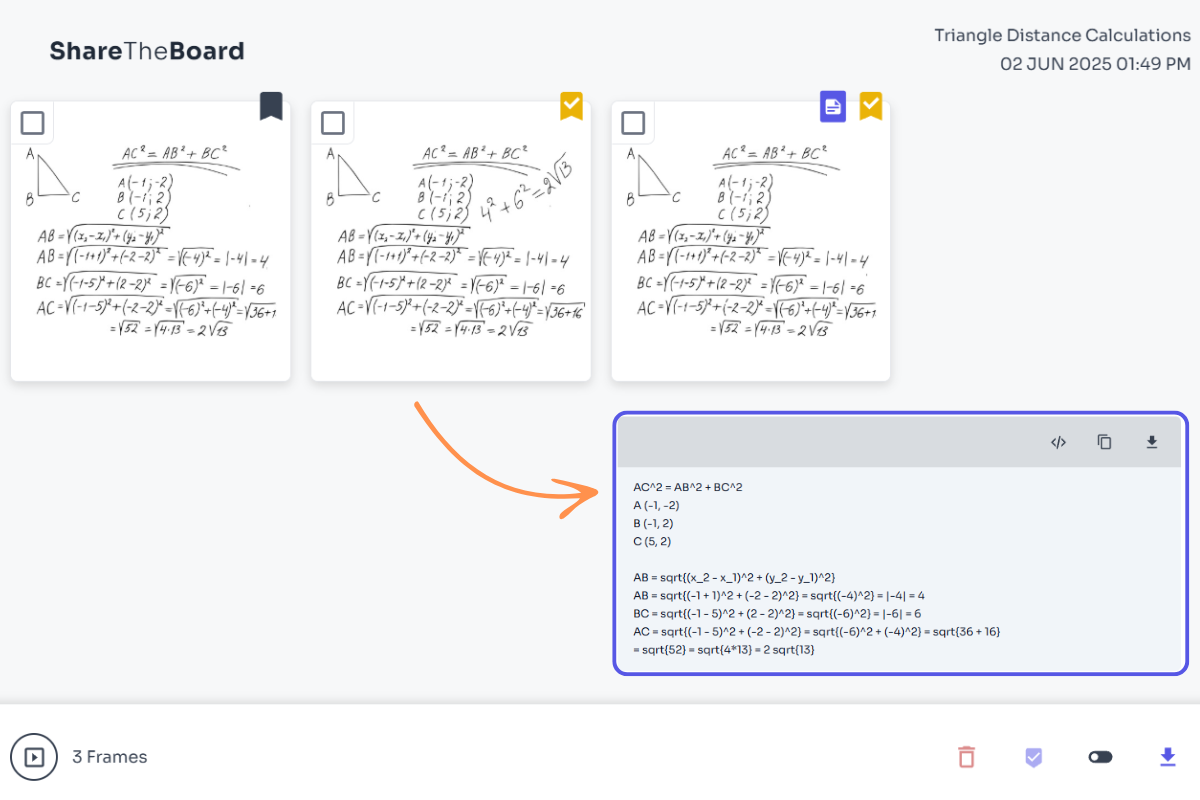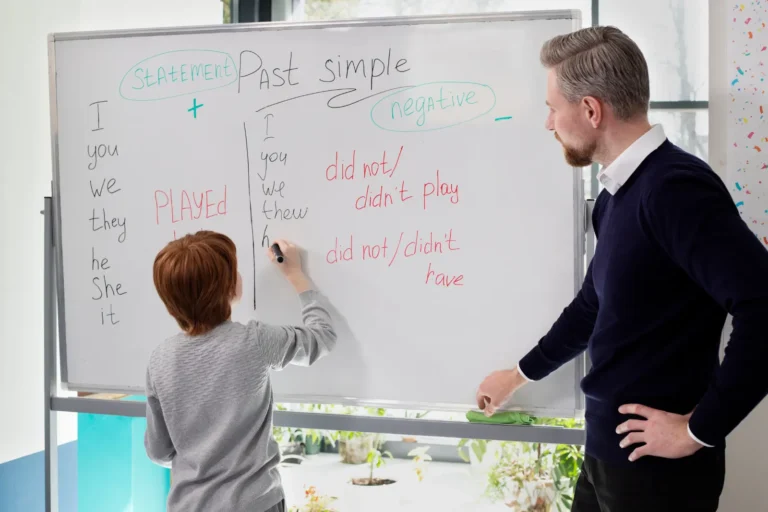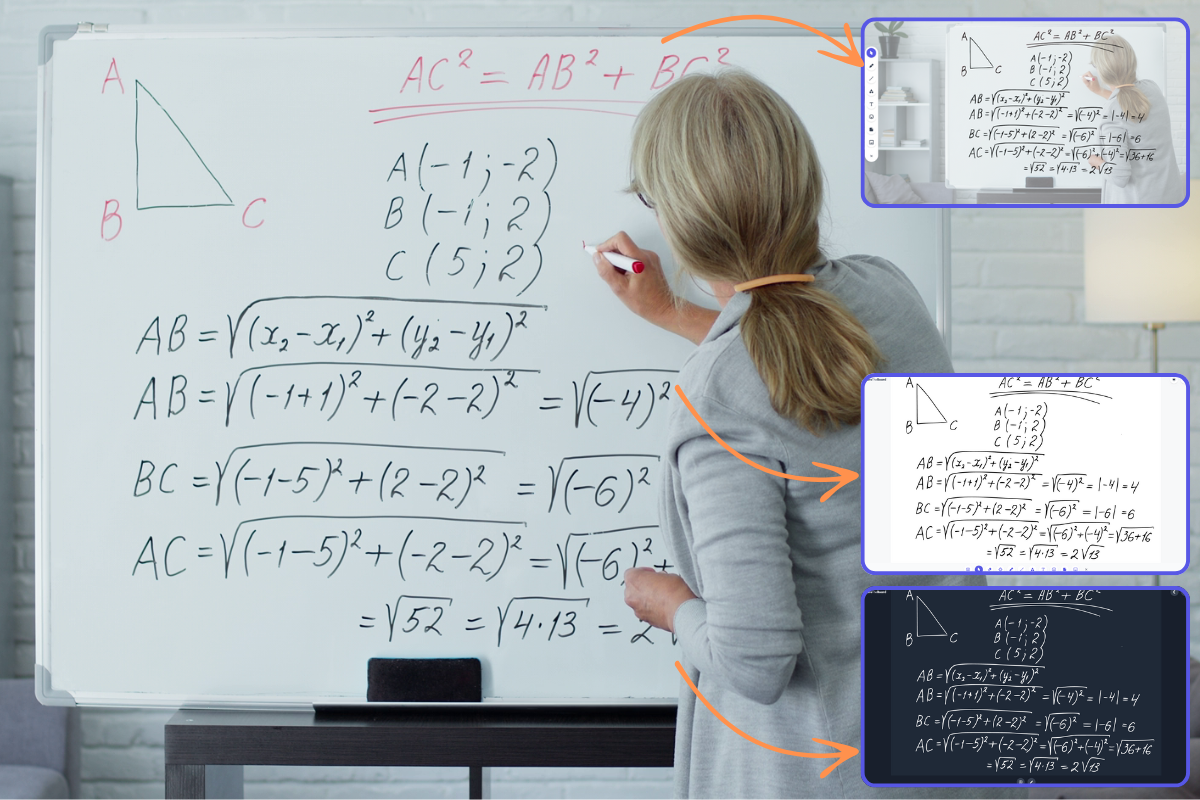How the right whiteboard can transform your home office or workspace.
Whether you’re sketching out your next big project, organizing your week, or brainstorming with a remote team, the right whiteboard can be a secret weapon in your work arsenal. Choosing a whiteboard isn’t just about picking a blank surface to jot down ideas. It’s about finding a tool that boosts your productivity, sparks collaboration, and brings a sense of order to the chaos of daily tasks. But with so many options out there, how do you find the one that best suits your needs?
In this guide, we’ll walk you through everything you need to know about choosing the best whiteboard for your space, including size considerations, surface types, and how new technologies like ShareTheBoard can take your whiteboarding sessions to the next level.







